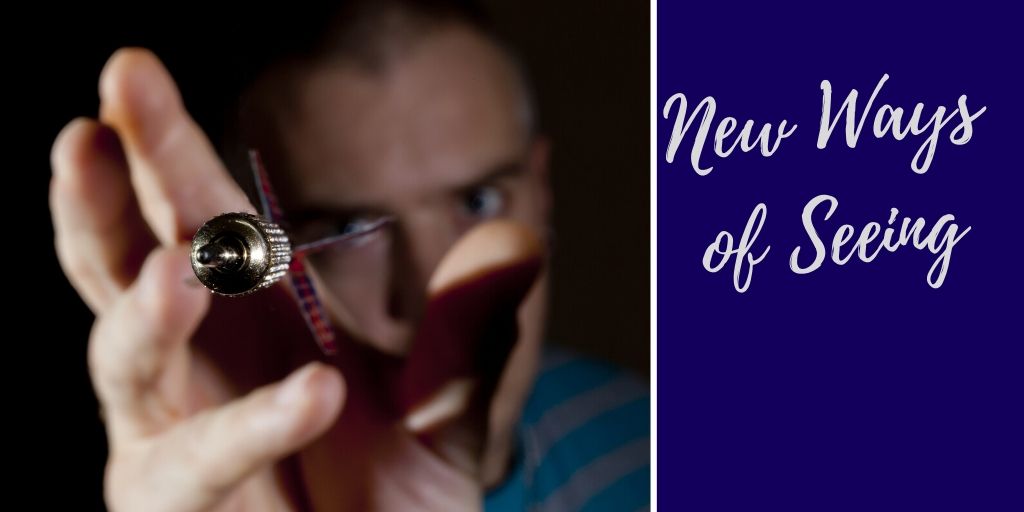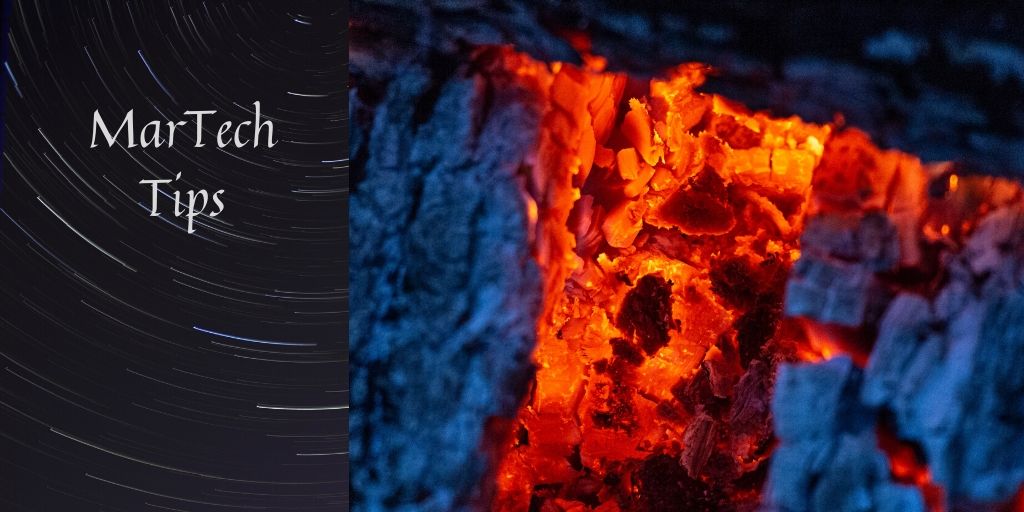Artists have long used technology–from photography to Photoshop–to push their ideas into new territory.
Playform offers the latest opportunity for artists and creators to explore the edge of technological possibility and express their humanity. It harnesses AI’s power and turns it into the perfect co-creating companion.
Read More: Best Tools to Connect with Gen Z on Instagram
Playform gives artists a variety of ways to experiment with generative AI. Using groundbreaking technology, Playform can take a simple sketch and transform it into full-fledged image with color, texture, and stunning detail. It allows a designer to create a series of prototypes of a piece of clothing, say, then layer in other textures, colors, and images for a truly innovative result. The platform functions like an interactive mirror, reflecting back novel iterations that help creatives evolve their ideas.
“We think of Playform as accompanying and reflecting artists as they generate and perfect their ideas,” says Ahmed Elgammal, founder of Playform. “Playform can be integrated into the creative process because we built it in collaboration with artists.” This month, the platform will be coming out of beta with a slew of new features, including sketch-to-image.
Generative AI, when algorithms create new images, texts, or sounds based on training from massive data sets, enriches human creativity, without replacing it. Playform was built on ongoing artist input, to ensure it served visual creatives in a way they could easily incorporate into their practice. “Playform is not a tool. It’s a creative soulmate to enhance artistic expression,” says Elgammal.
Behind Playform’s innovative new features like sketch-to-image lies a powerful AI engine trained on centuries of artworks, representing a range of styles, cultures, and techniques. Crafted with an eye for art history and style, this data set allows the AI to identify, mimic, and completely transform a range of images and inputs. From a barebones sketch, for example, Playform can generate a novel landscape, portrait, or other type of image in a specific user-defined style or historical style, taking its cues from Monet, Turner, Roerich, or one of many other artists or movements.
“Our goal is to find out ways for generative AI to fit the creative process of artists and other creative professionals. We work closely with artists to understand what they want to do and how AI can help that. We look for questions like ‘Is it possible to do X?’ and try to make it possible,” Elgammal reflects. “To discover what artists truly want, we have developed an artist residency program where we worked with artists, for one month each on specific projects based on their concepts and adapting the AI technology to achieve what they want to do. We then used the experience to make this particular creative process part of Playform.”
Read Also: Global Risks for Businesses at an All-Time High, Reports Dun and Bradstreet
Elgammal and the Playform team worked with artist and instigator Devin Gharakhanian, who created abstract images from old photographs of Charlie Chaplin and who helped inspire Playform’s style morph feature. The portraits were displayed at SCOPE Art Fair in conjunction with Art Basel Miami, causing a buzz at the high-profile event and making history as the first human-AI generated artwork displayed there.
Qinza Najm, a Playform artist in residence, worked with Playform to create a process inspired by her own artworks that explored abstract images based on the human body. The series that emerged from the collaboration with Playform was chosen for an exhibit about art and science at the National Museum of China in Beijing in November 2019, with 1 million visitors to the exhibition during its one-month run.
Along with groundbreaking works based on artists’ existing approaches, Playform has empowered conceptual explorations of what it means to be a mediated human and how we collide and merge with our digitally generated selves. NYU professor and artist Carla Gannis used Playform to create a series of works based on childhood memories for an avatar named C.A.R.L.A. G.A.N. She then monitored people’s responses to the works versus her own “human” works. In another experiment, Gannis used Playform to create visuals she incorporated into a larger VR-based project, which will be exhibited at Telematic in San Francisco in March 2020. Italian artist Domenico Barra developed a project called Affiliation, which explored storytelling via Instagram stories using works made with Playform.
Playform’s images can also be used as a foundation for works in other media. Artist Anne Spalter generated images using Playform, then executed them in pastels on canvas, drawing on AI’s peculiar ability to surface and blend unexpected elements. Spalter recently exhibited her Playform-based art at the Spring Break Art Fairs in LA and New York City.
From time-tested methods to bleeding edge technology, Playform is designed to nurture and provoke creative impulses. Then artists take the next steps to make art. “We always listen to artists and creative professionals to build AI that can be part of their daily process,” notes Elgammal. “With them as our guides, we want to spark new ways of seeing.”











